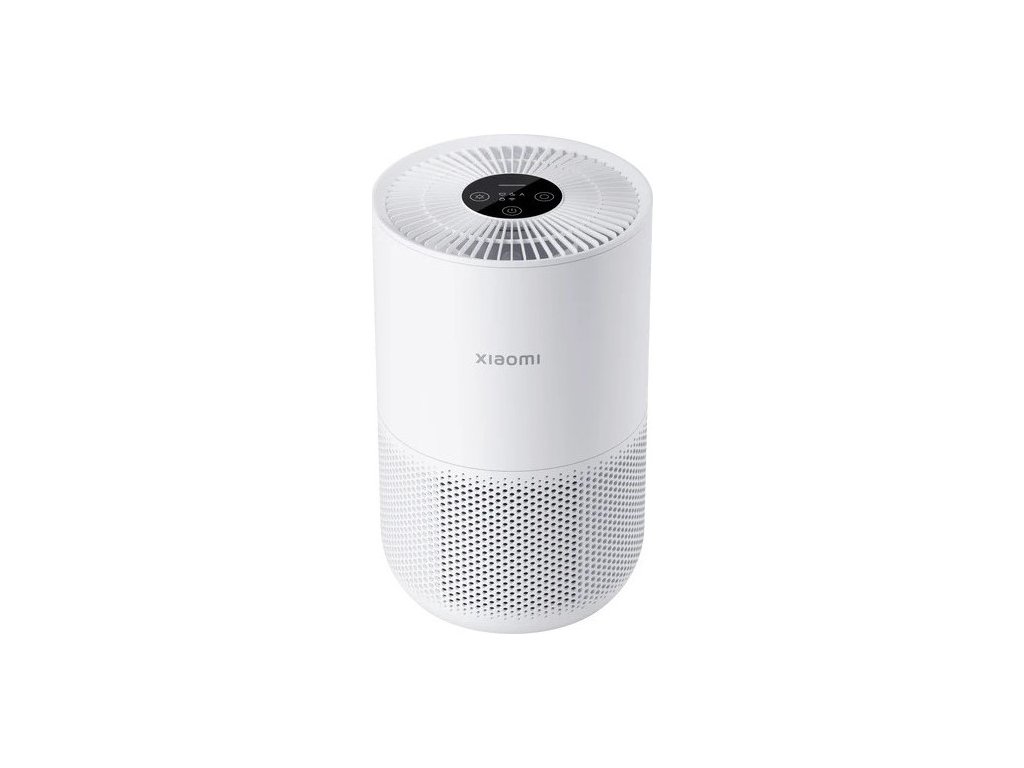ON SALE
XIAOMI AIR PURIFIER MI SMART AIR PURIFIER 4 COMPACT
₱3,699₱3,662
1% OFF
Only 7 left in stock
Brand: Xiaomi
Smart Air Purifier 4 Compact
Clean air where you need it
Allergen removal | Smart control | Real-time air quality monitoring
Allergen removal
Dual-use for table and floor
for allergy-sensitive people
Compact size and small footprint
Automatic adjustment of purification speed
48
m²
Room size base on 2 ACPH
Visible results
with the air quality indicator
Particulate matter sensor
A peaceful and undisturbed night's sleep
20
dB
Low energy consumption and high efficiency
27
W
3-in-1 filter
99.97
%
Traps particles as small as 0.3 microns
at a low noise level of
Maximum output power as low as
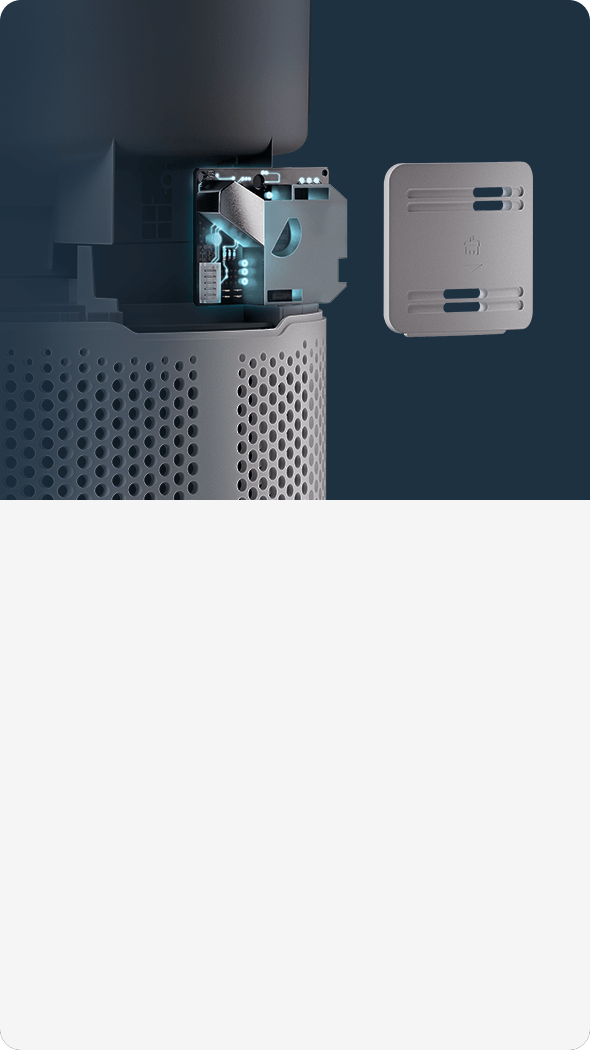

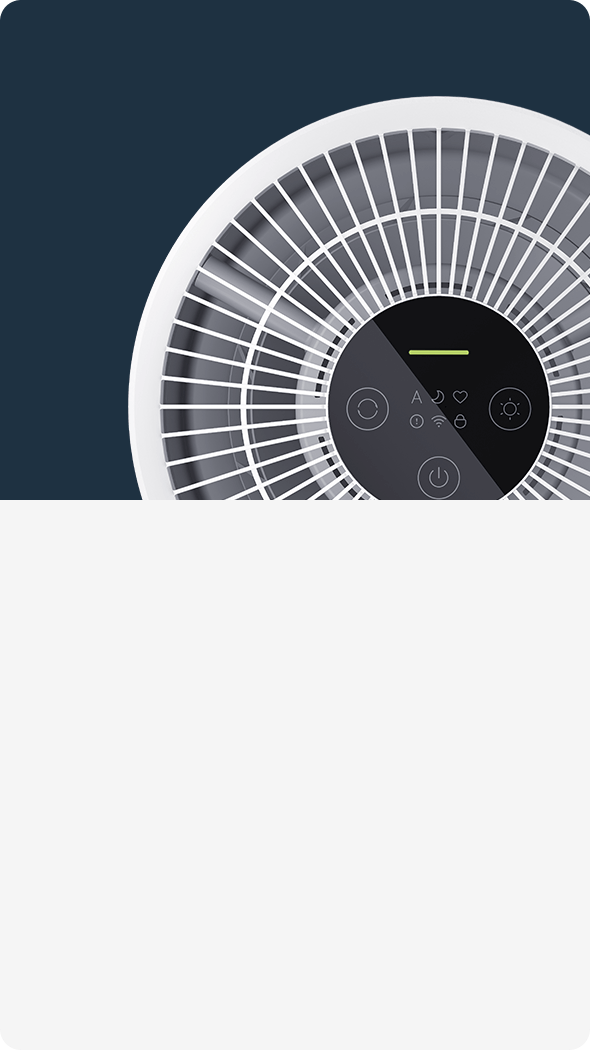

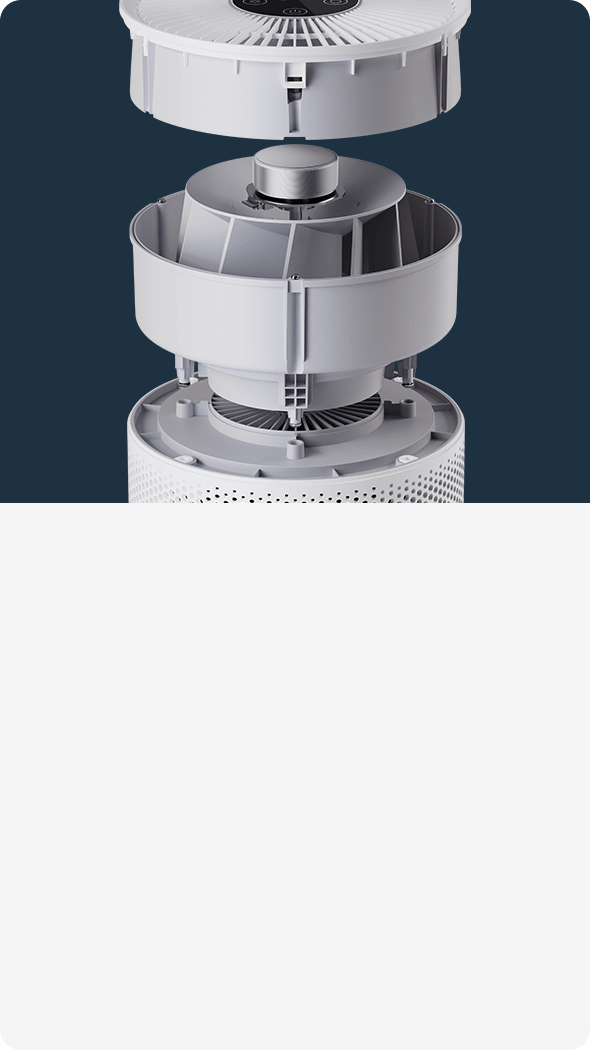
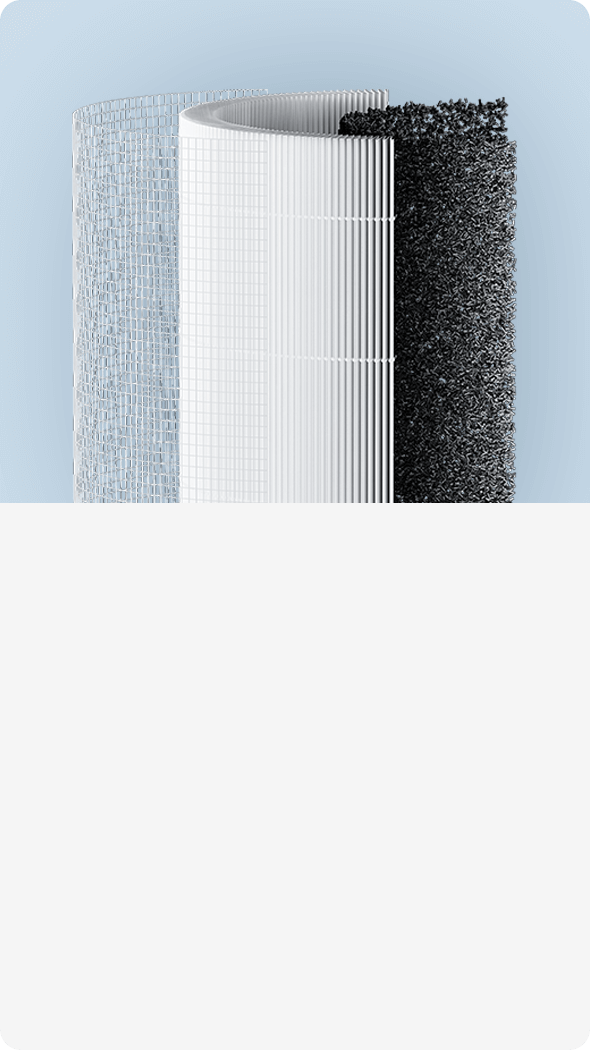
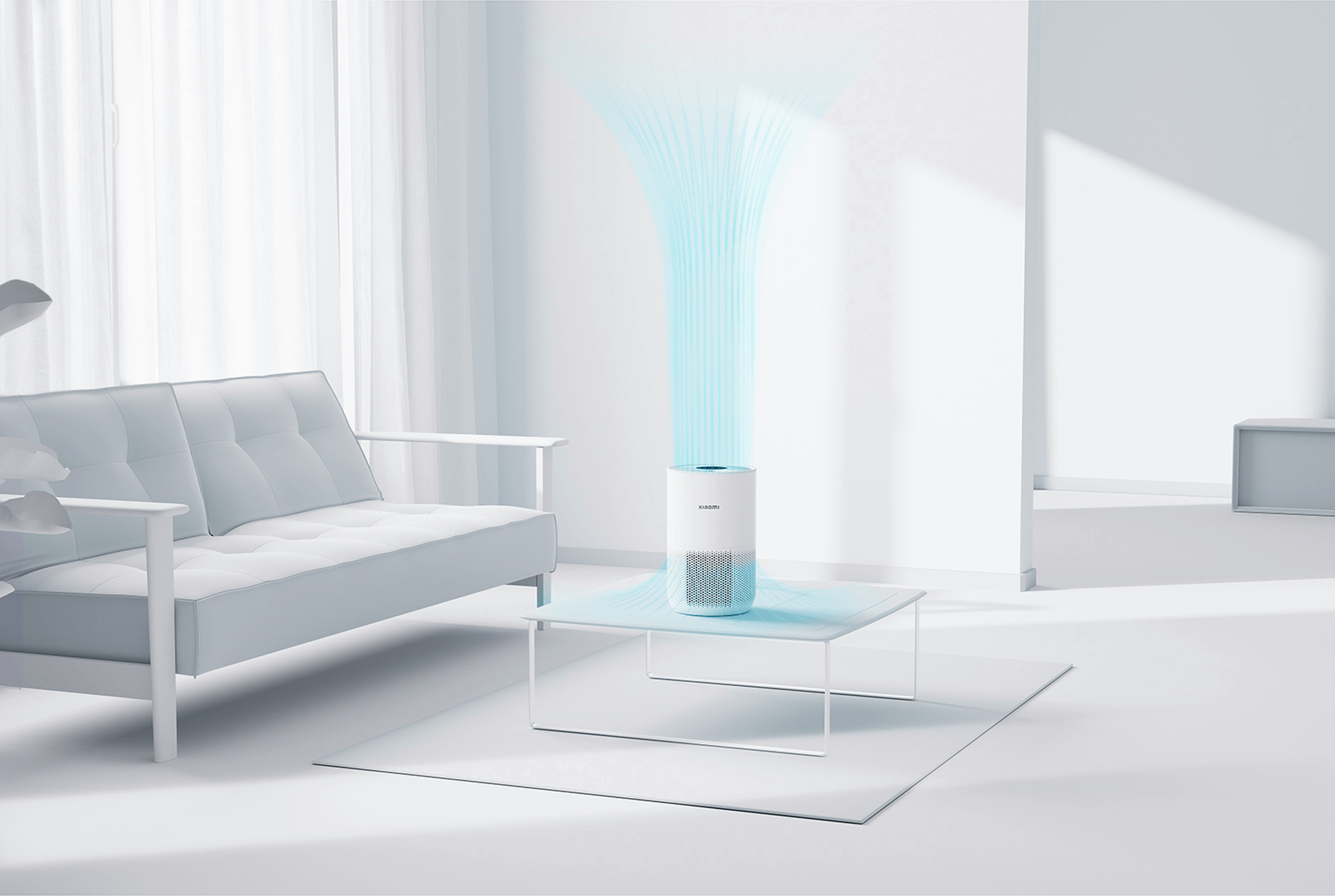
Small but powerful Compact size and small footprint, suitable for home-wide
Dual-use desktop and floor-standing design, compact and easy to move. Powerful performance and a steady output of clean air.
230
m³/h
360°
48
m²
Particle CADR*
circulation purification
Base on 2 ACPH*
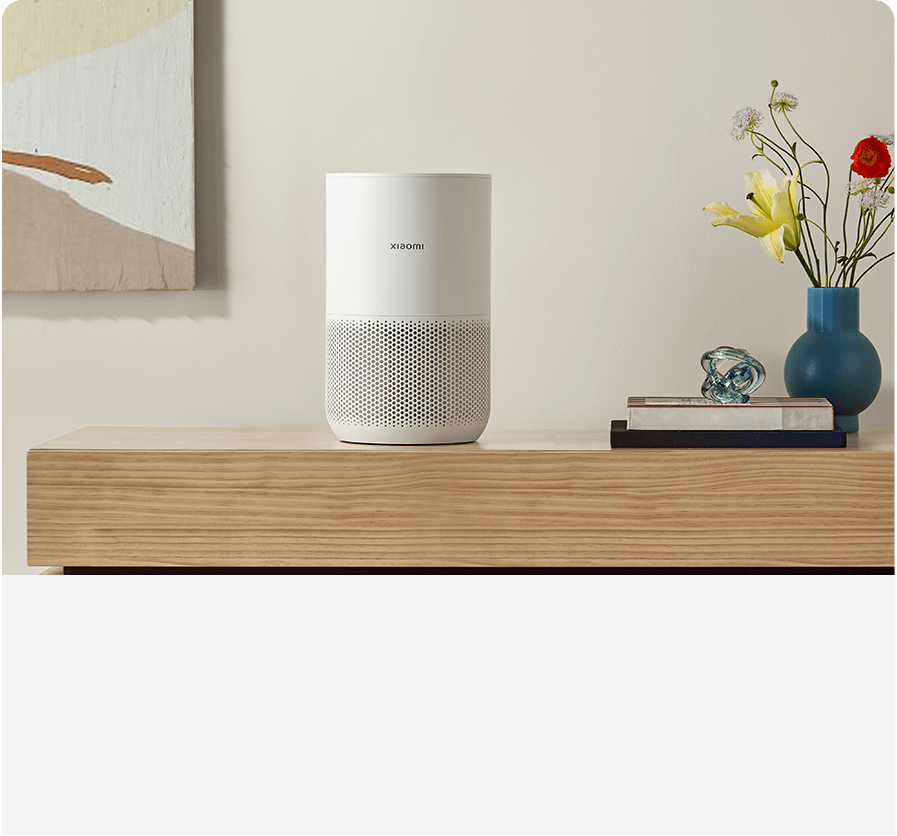
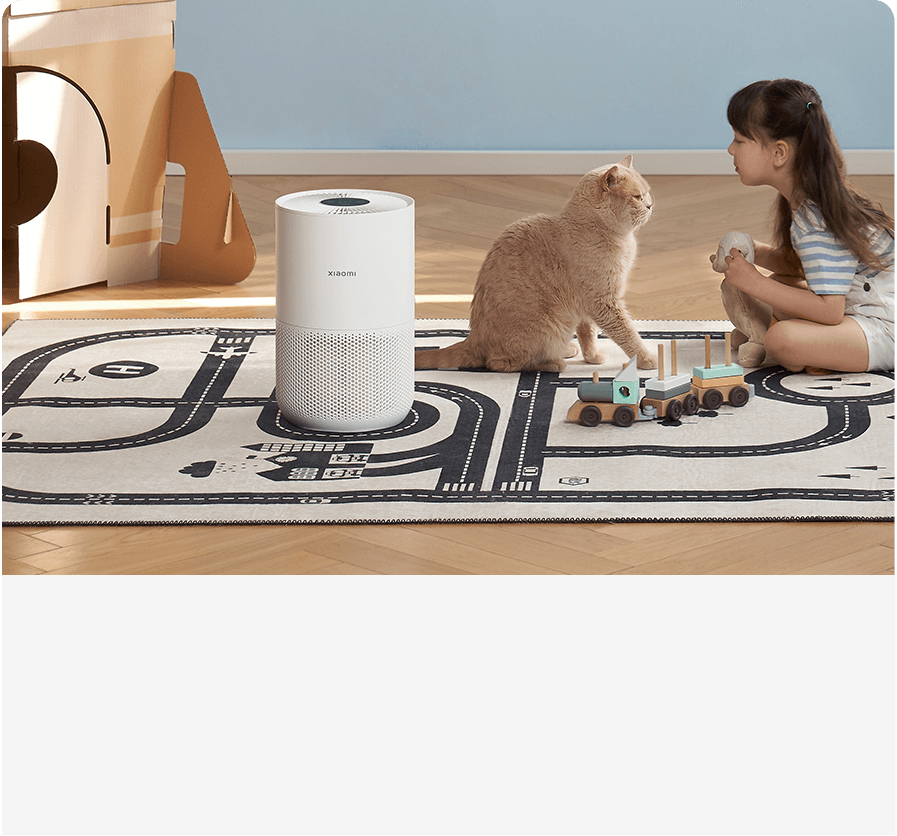
Bedroom
Child's Bedroom
Fresh air eliminates exhaustion
Protect the respiratory health of children and infants
Workspace
Operate quietly, doubling your efficiency
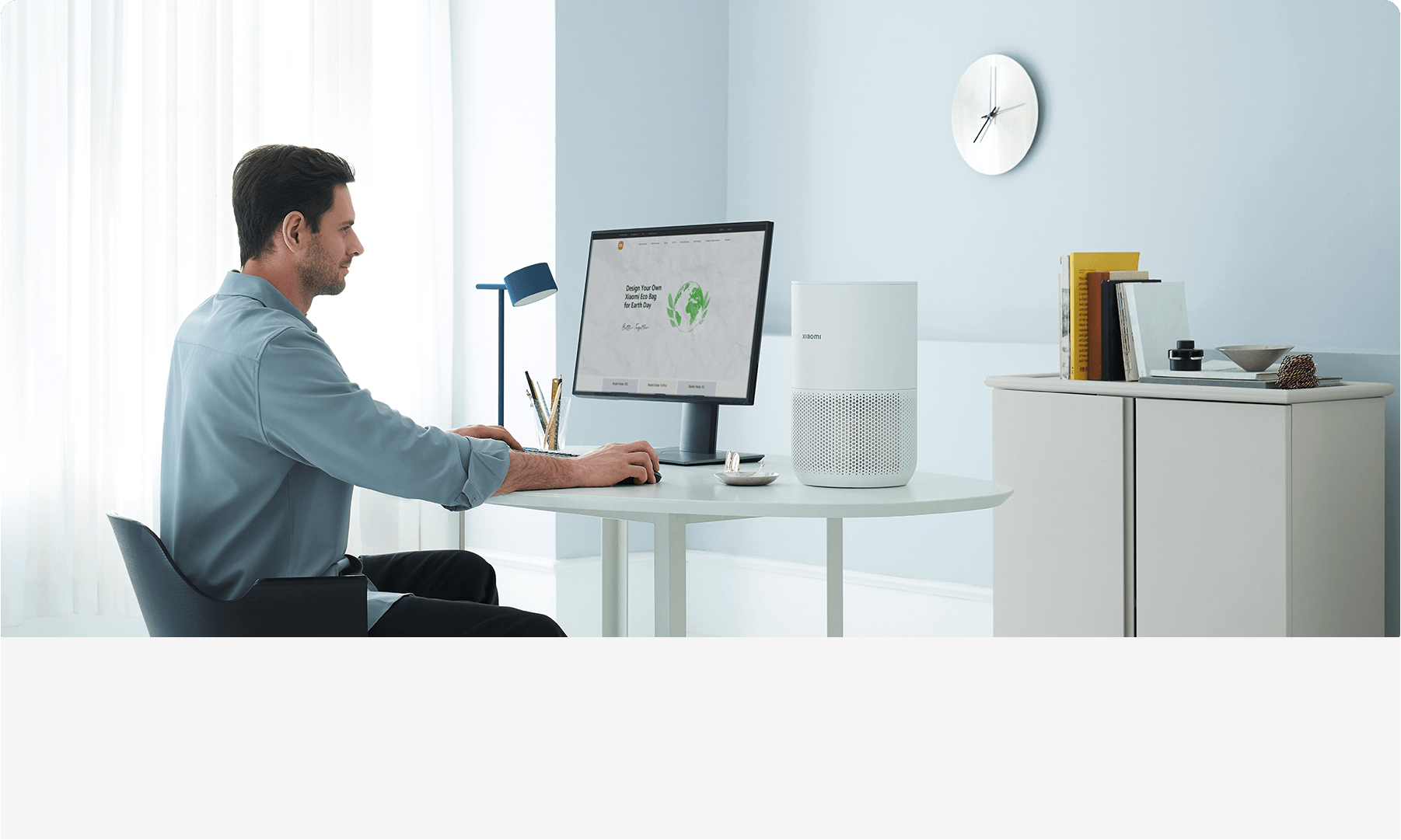
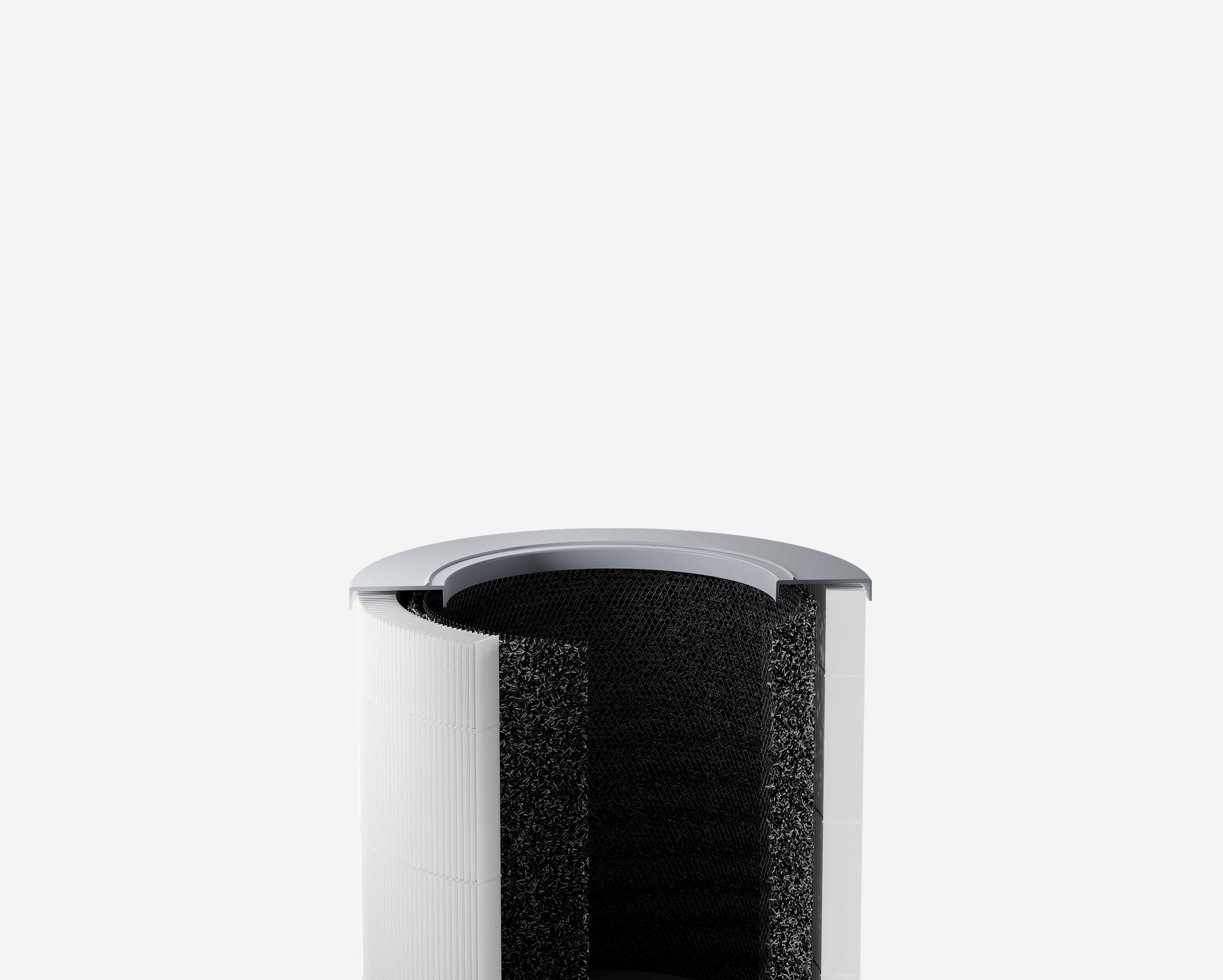
Traps 99.97% of particles as small as 0.3 microns 3-in-1 filtration for thorough purification
Eliminate common indoor air pollutants effectively with layer-by-layer filtration




Pollen
Dust
Smoke
Wildfire ash




Pet odours
Pet hair
Pet dander
Other odours
TÜV Rheinland Allergy Care Certification Strict allergen filtration guaranteed
Certified by the authoritative TÜV Rheinland, Xiaomi Smart Air Purifier 4 Compact is proven to effectively filter out allergens in the air
Take care of allergy-sensitive individuals
Protect families with pets
Filter out allergens such as pollen, dust mites, etc.
Filter out allergens such as pet hair, dander, etc.
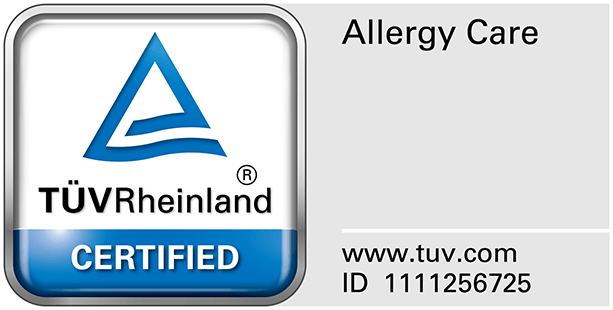
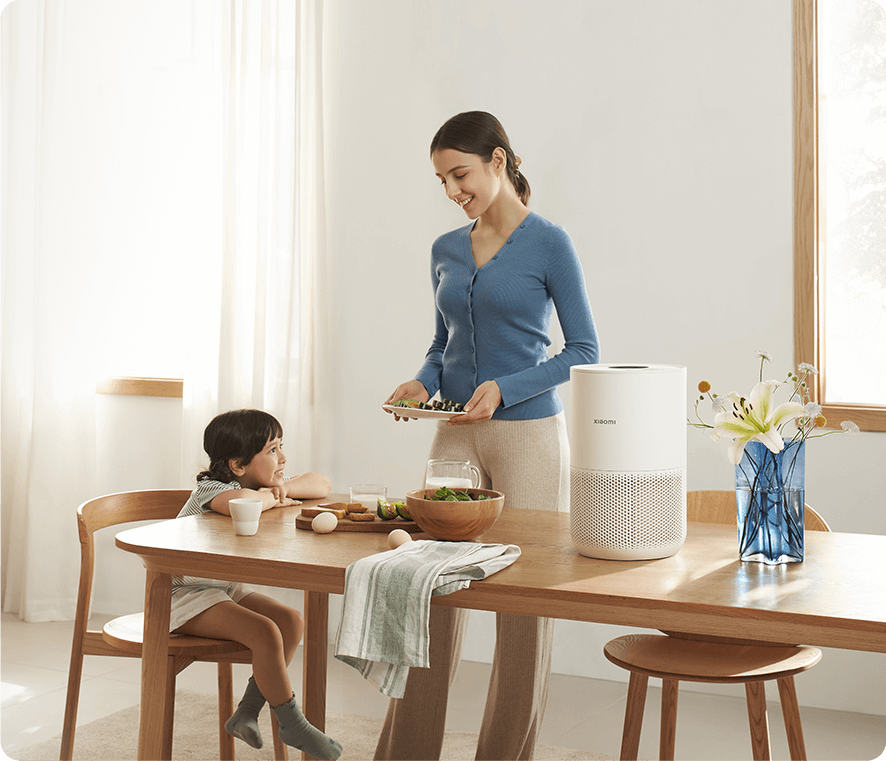
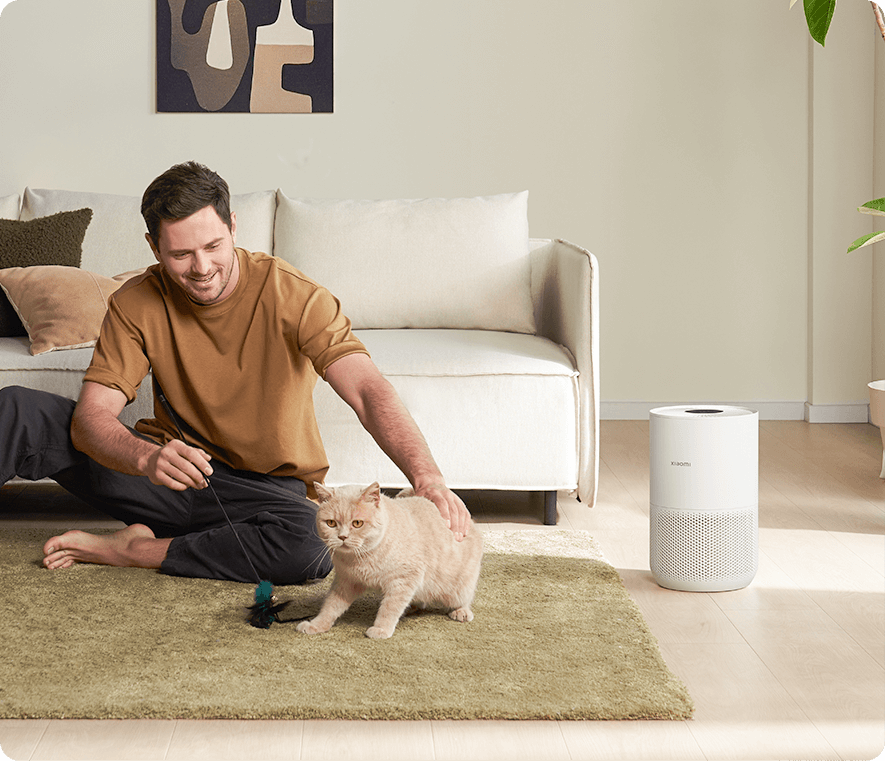
Smart remote control Clean air where you need it
Remotely activate your air purifier by using the Mi Home/Xiaomi Home app, welcoming you home with clean and fresh air.


Timed on/off
Adjustable settings


Air quality
Child lock
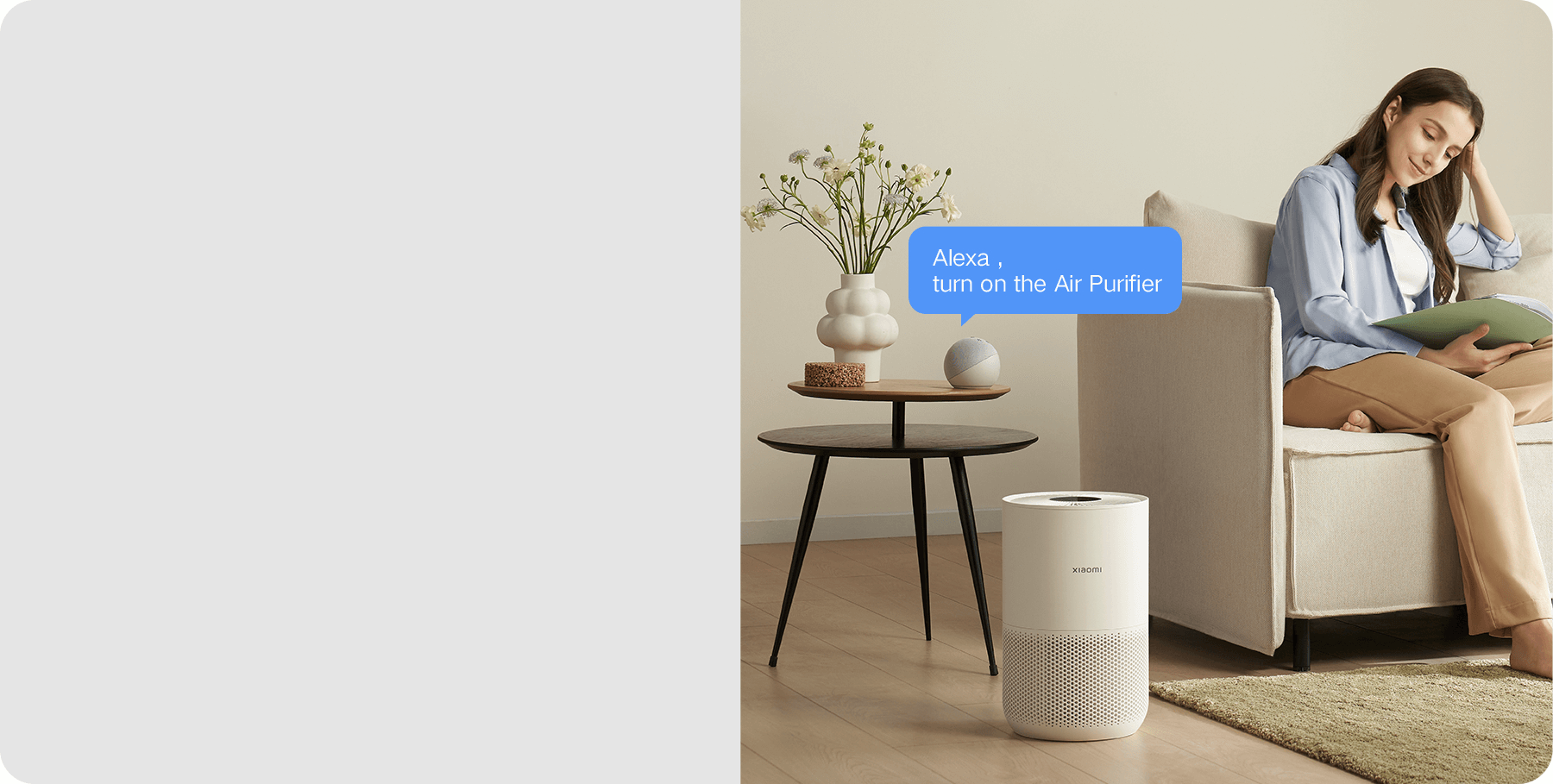
Support for voice control
Call for good air remotely


*Alexa and Google Assistant voice control features require smart voice devices to function. Related connecting devices are sold separately.
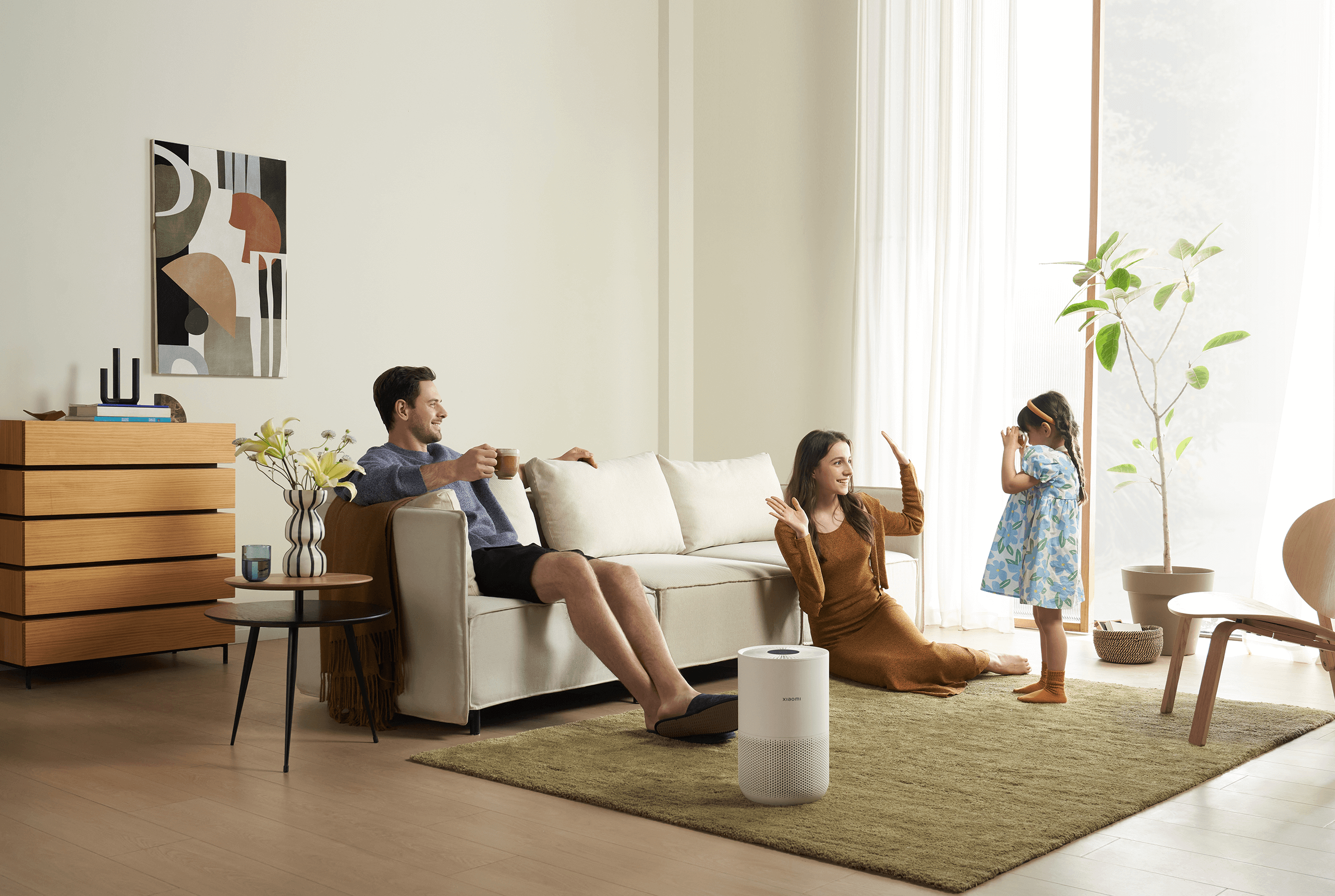
One-touch Auto Mode Real-time monitoring, high-efficiency purification
With particulate matter sensor configuration, sensitive monitoring of air quality and automatic adjustment of purification speed, you can enjoy clean air at all times.
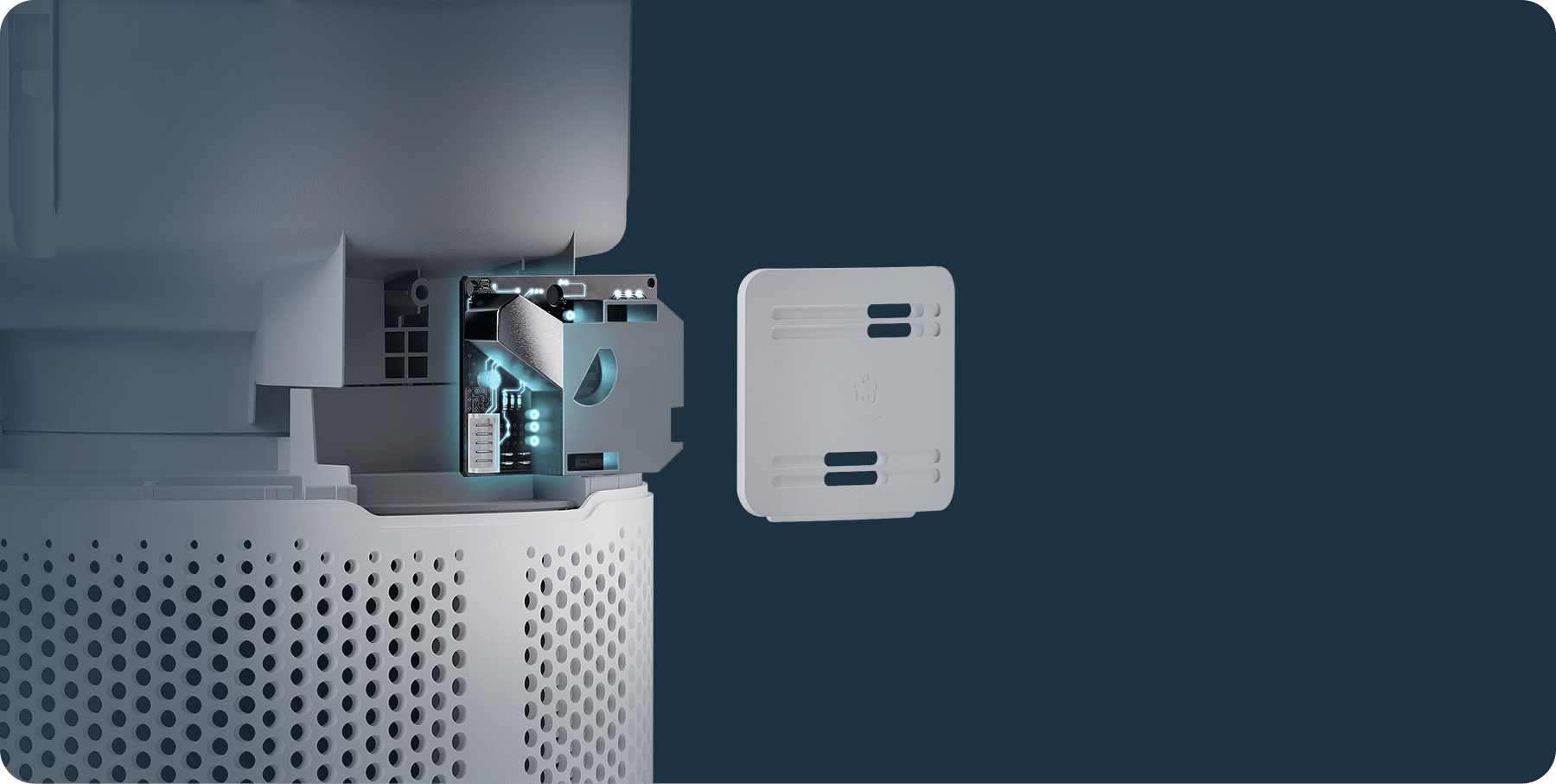
Particulate matter sensor
Real-time sensing of changes in air quality

Real-time air quality monitoring Keep an eye on changes for enhanced purification
Intuitive indoor air-quality data from four-color indicator light. Adjust your purification settings with the simple touch control buttons, one light touch to fulfil your air-quality needs.



Auto
Sleep
Manual
Fresh and clean
Low pollution
Moderate pollution
High pollution

Customized purification area Choose the optimal speed in one step
In manual mode, you can set the coverage area and customise the speed according to your preference.
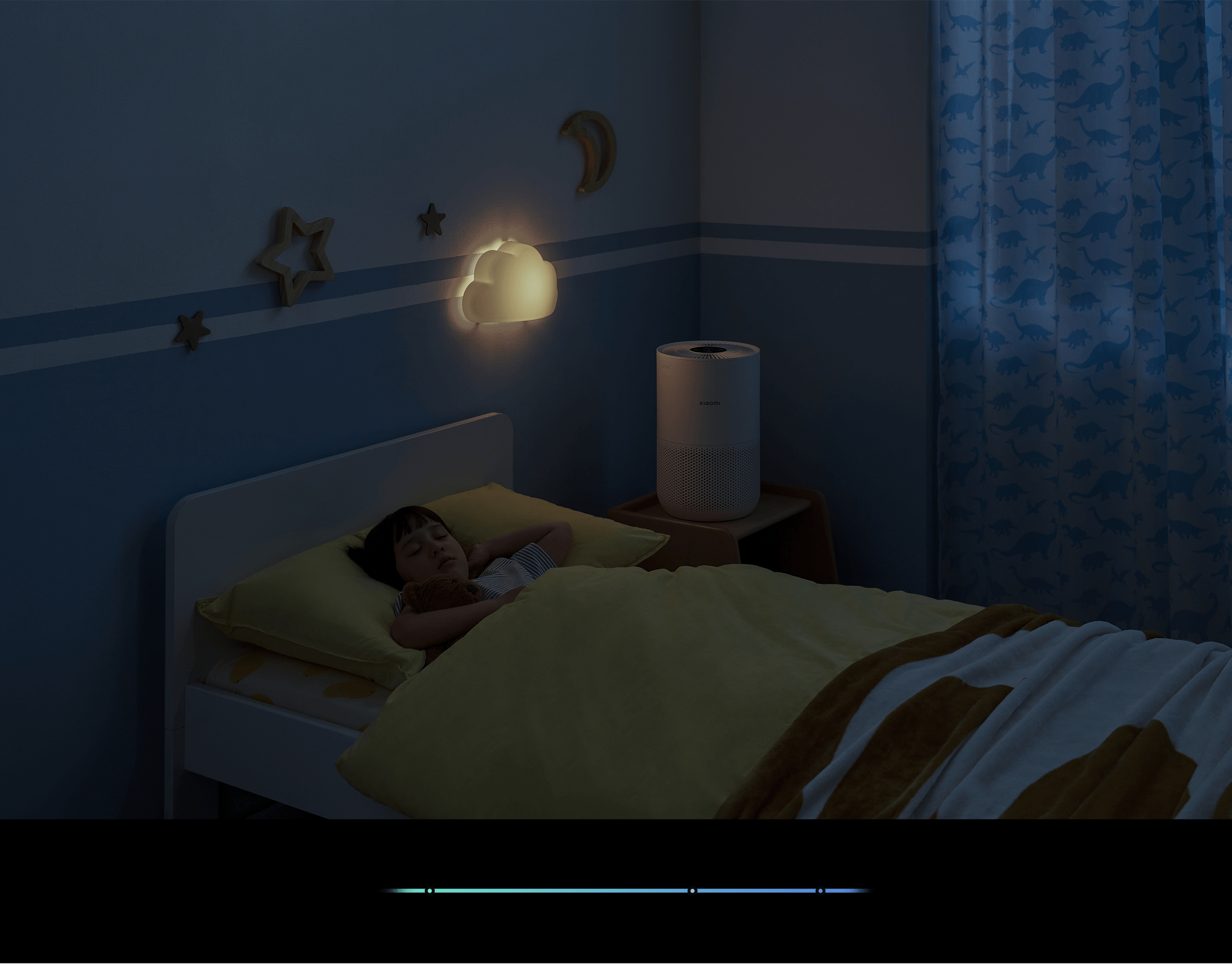
Clean air from ultra-quiet sleep mode Protect your sweet dreams
In Sleep Mode, noise is as low as 20dB* and the display light can be turned off. Have a peaceful night's sleep without late-night disruptions.
20
dB
40
dB
50
dB
Light breeze (Sleep Mode for this device)
Library
Office
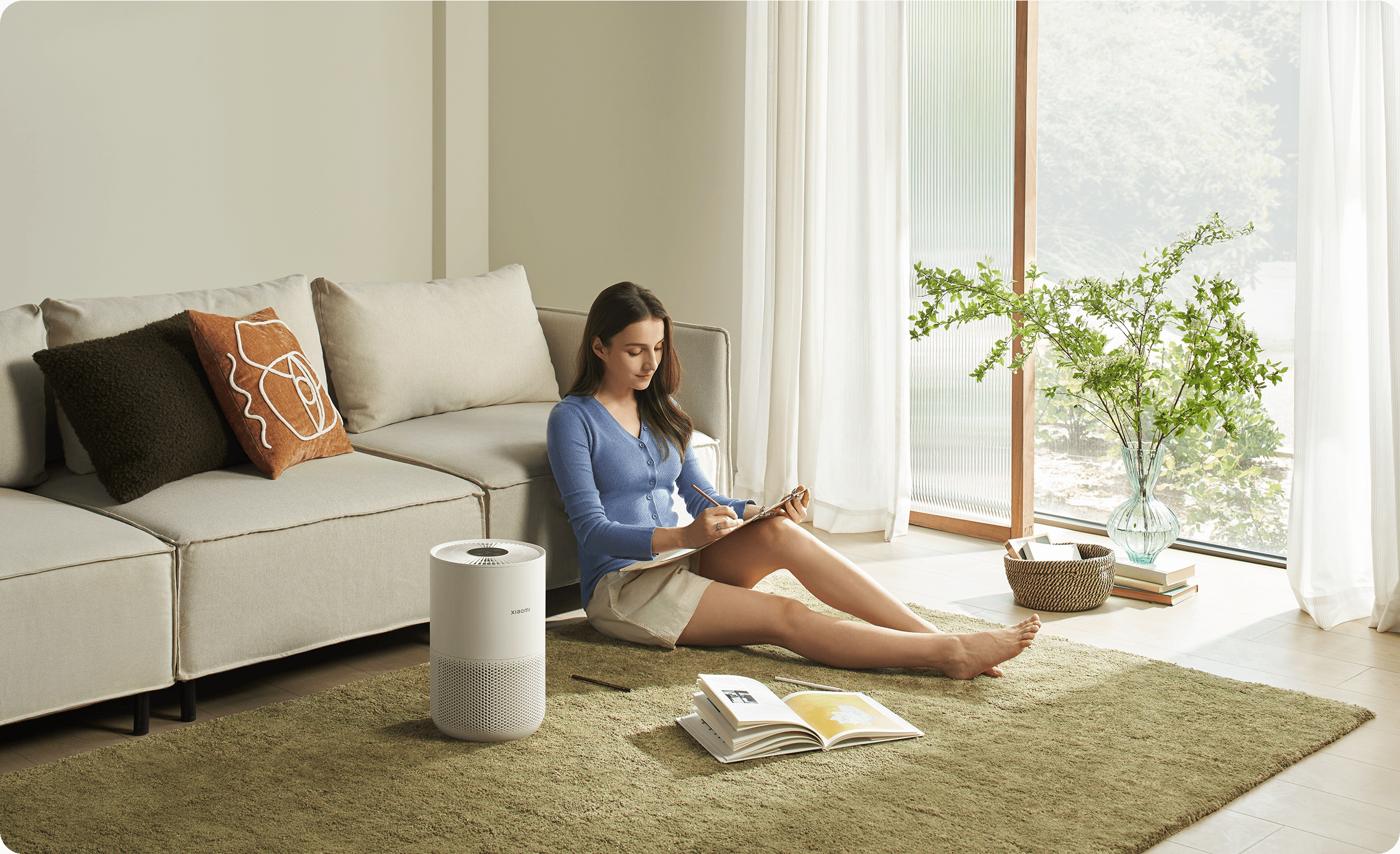
Low-consumption purification, effective protection
Power can be as low as 27W, even at the maximum output. Only 0.7kWh are needed for 24 hours of purification*.
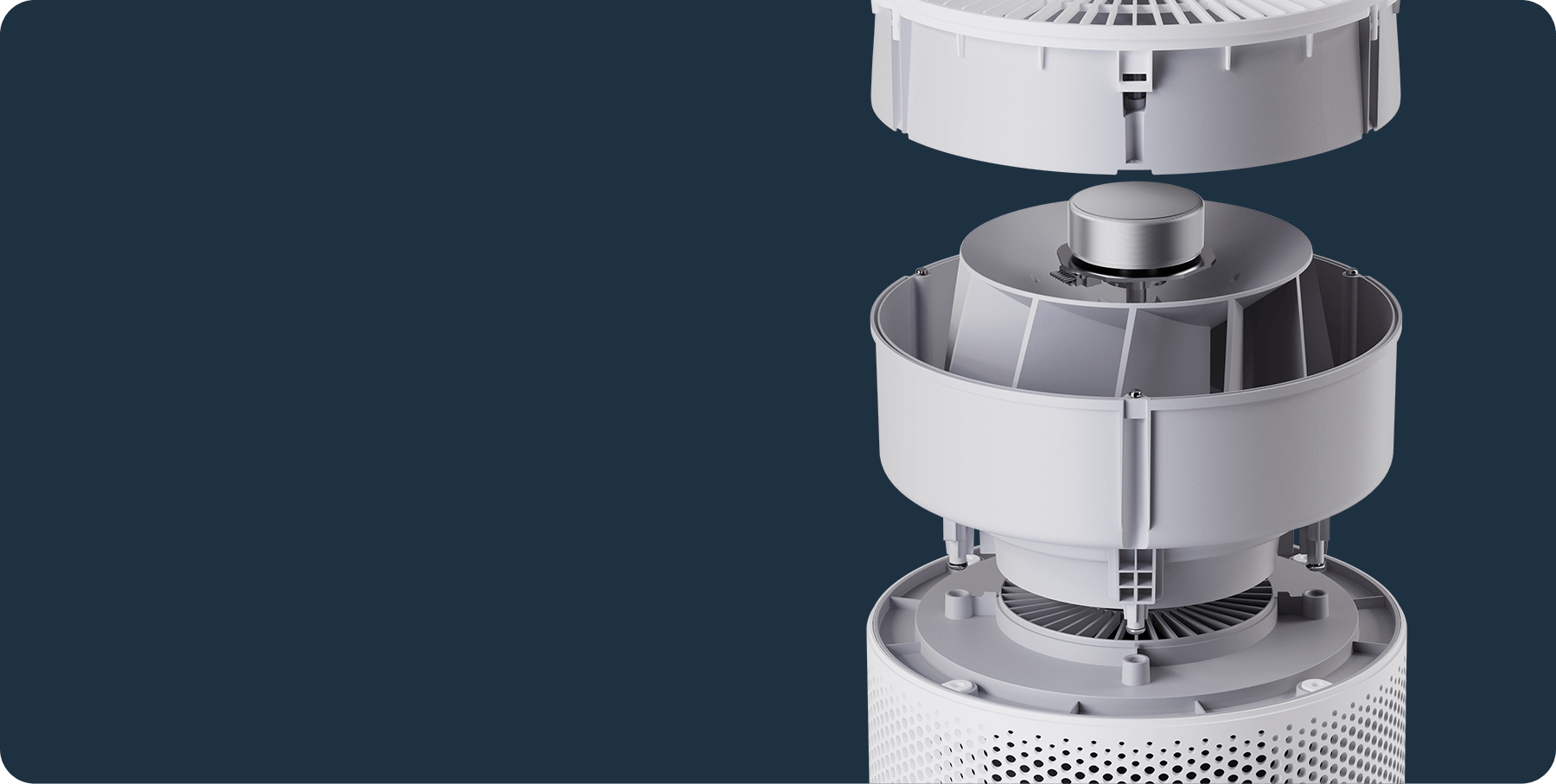
Efficient brushless DC motor
No carbon brush friction, making it quieter and more energy efficient.

An excellent user experience, it's all in the details
Effortless one-step filter replacement
Rotate and pull out from the bottom
Filter replacement reminders
Simply change your filter when recommended
Stylish appearance
Matte texture, elegant lines




The difference between Xiaomi's High Efficiency Filter and a conventional HEPA Filter
Combination of two filter technologies: Electrostatic and mechanical filtration. Xiaomi's High Efficiency Filter media can remove 99.97% of airborne particles as small as 0.1 micrometres and traps dust, PM 2.5, pollen, pet dander, smoke and even the smallest microplastics. The filtration rate of Xiaomi's High Efficiency Filter media is 99.97% for fine particles of up to 0.3 microns, and can reach up to 99.99% for particles as small as 0.1 microns.
Conventional HEPA filter
Xiaomi's High Efficiency Filter
Less clean air
More clean air
The HEPA filter is made of dense fibreglass to trap particles, which means that less clean air gets through the filter.
Xiaomi's filter uses melt-blown PP fibres with electrostatic technology. With greater space between fibres, larger volumes of air are able to pass through the filter.
Noisy
Low noise
Large volumes of air are forced through the dense HEPA filter, meaning a higher fan speed is required, which generates more noise.
With a lower fibre density, the filter allows air to pass through at high speeds, resulting in less noise.
Higher energy consumption
Lower energy consumption
In order for the HEPA filter to release more clean air, the motor must run at a higher speed, which translates into a higher energy consumption.
With a lower fibre density, Xiaomi's filter is able to release the same volume of clean air as a conventional filter, but with a much lower energy consumption.
Disclaimer: Filter media performance is tested by China Testing & Inspection Institute for Household Electric Appliances (Report Number: WCv-21-40115). Due to the technical specifications of the filter media, the test environment and parameters may differ.
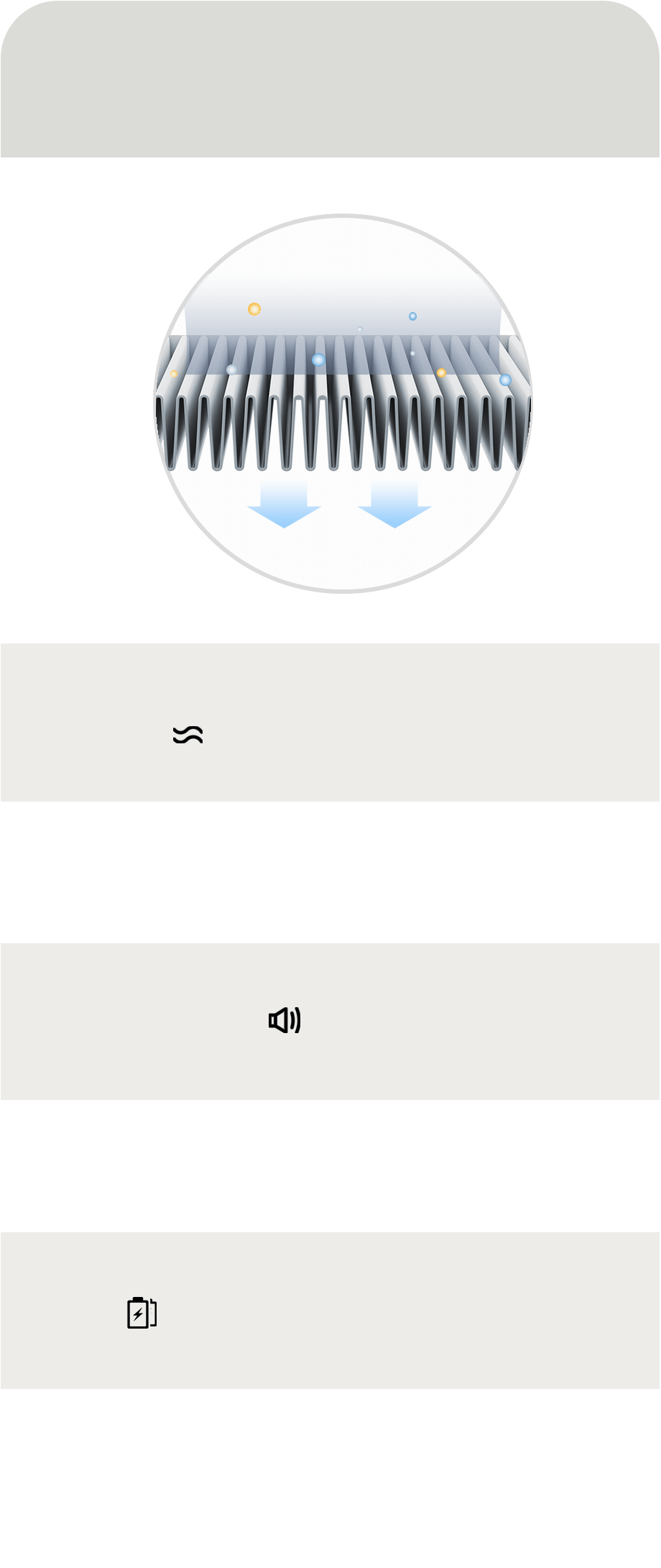
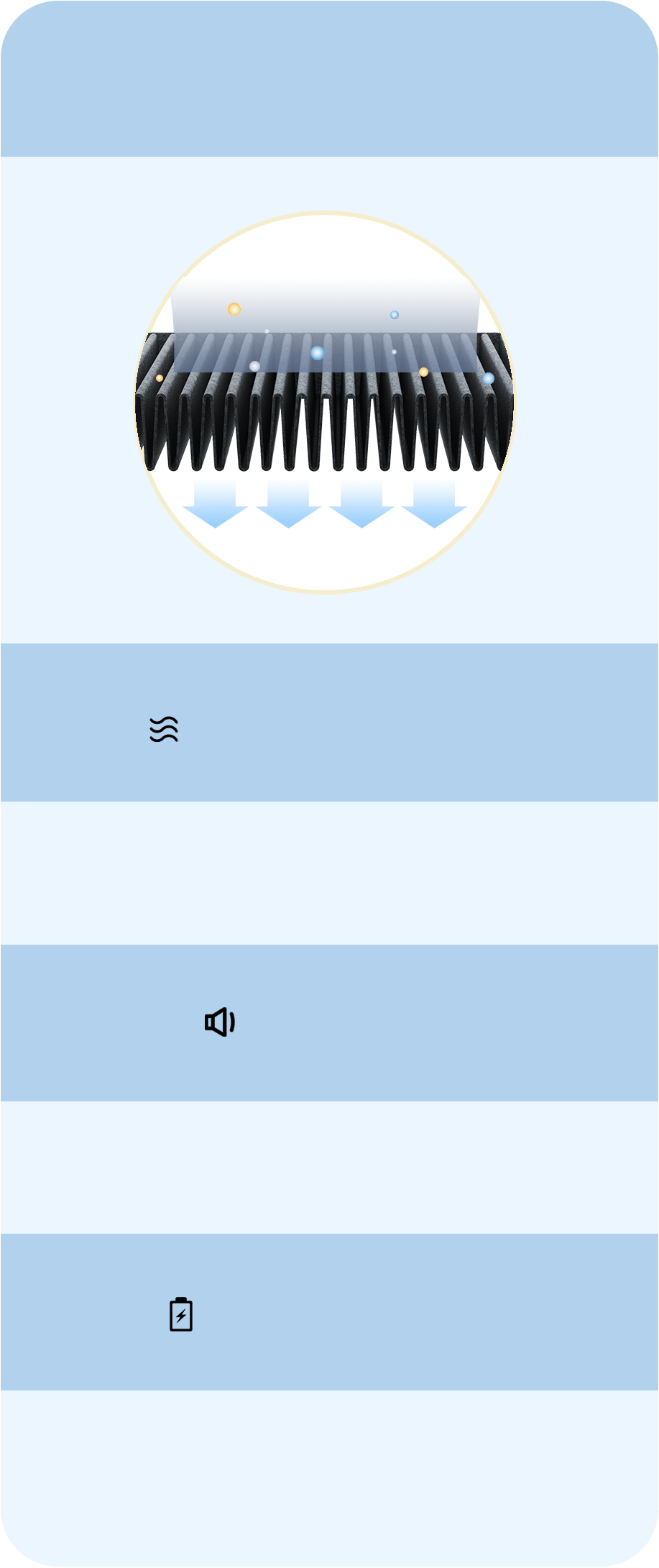

Air Purifier Purchasing Guide
Xiaomi Smart Air Purifier 4 Compact
Xiaomi Smart Air Purifier 4 Lite
Xiaomi Smart Air Purifier 4
Xiaomi Smart Air Purifier 4 Pro
Recommended scenarios
Bedroom/Study
Bedroom/Kitchen
Bedroom/Child's bedroom
Living room/Large bedroom
Room size(up to)
48m²
75m²
83m²
104m²
Base on 2 ACPH*
Effective coverage area
Base on GB/T 18801-2015*
16-27m²
25-43m²
28-48m²
<span class="xm-text split_text2035" data-key="overview_104" data-type="text" data-id="7kmukbhi
- Specifications
- Product name
- Xiaomi Smart Air Purifier 4 Compact
- Product model no.
- AC-M18-SC
- Product dimensions
- Φ220 x 355mm
- Product net weight
- Approx. 2.2kg
- Effective coverage area
- 16-27m²
- Noise
- ≤ 60dB(A)
- Particle CADR
- 230m³/h
- Particle purification efficiency
High
